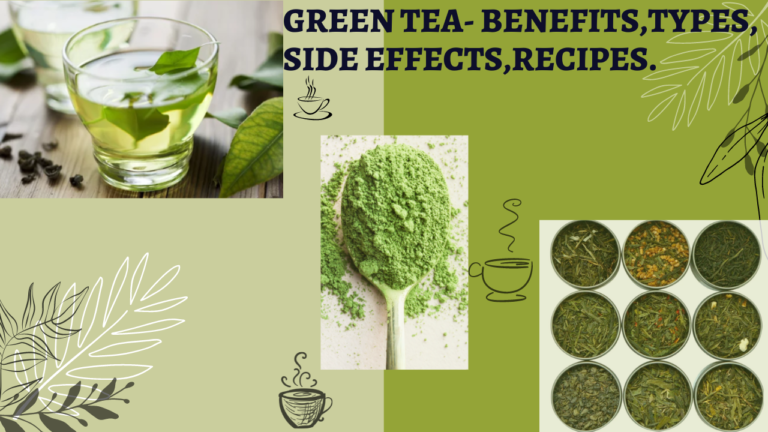Food & Beverages
Integrated farming is the practice of simultaneously growing multiple species. And Integrated rice and duck farming system (IRDFS) is growing rice and ducks together by irrigation in a paddy field. While it sounds unusual, this system is inherited from ancient times and originated in the East-Asia and has been in practice, particularly in countries like China, Japan, Korea, Indonesia and Vietnam. It is also known as aigamo in Japan. Rice is a staple food, and the growing population and decreasing agricultural land are major concerns to meet the future demand for rice. IRDFS method can be a good choice for increasing rice production. It was developed in 1989 as a strategy to protect the environment from harmful chemicals like pesticides, insecticides and reduce the expenses of farming. In this system, the ducks eat the weeds and insects, thus cutting down on the need for pesticides and insecticides. The reports showed that growing rice while rearing ducks reduced 92%-96% of weed growth in the crop. This refined ancient technique can greatly benefit plant health, and consumer health and improve soil fertility. [2][4][5]
How is the technology implemented?
The land is well prepared by plowing and harrowing about 3-4 times. During this period, the ducks are allowed to feed on snails in the soil for 2 weeks. The ducklings are left in the rice field when they’re 2-3 weeks old to prevent any damage to the crop and they feed on small snails, harmful weeds and insects. The paddle movement of the duck stimulates the growth of the plant. The duck manure naturally fertilizes the soil. The rice is harvested when 80%-85% of the grains are ripe and moisture content stabilizes to 14%. Regarding raising the ducks, they are sheltered in a simple open house surrounded by a nylon fence and protected from animals. A suitable environment is created for the female ducks to lay their eggs. After 2 weeks of transplanting the ducklings are released to the paddy field. In the initial days, the ducklings are allowed to stay in the field for 4-5 hours in the daytime, until they get adjusted to the system or else can harm their health. Later on, they can remain in the field from morning to evening. IDRFS requires 150 ducklings per hectare of land. The production of rice is estimated to be higher than the existing chemical fertilizer-based rice farming.[1][3]
Effect of Integrated rice-duck farming system on different parameters of farming
- Effect on rice yield- It enhanced the yield of rice, improved the quality of plants and grains. The production rate was 3% higher than that of the sole rice cultivation system. The rice-duck system is very consistent and adaptable in all seasons. IDRFS proved suitable in regions subjected to typhoons, floods and salts-affected areas.
- Effect on insects and weeds- The population of harmful insects and weeds was much lower in IDRFS compared to the sole rice cultivation system. The system showed a 52%-58% reduction rate in the total weed biomass.
- Effect on soil- The rice-duck farming enriched soil nutrients with a significant increase in minerals such as nitrogen, phosphorus, potassium, calcium and sulfur. The paddling movement of the ducks, feeding activity and their manure improved the soil quality. Thus, it strengthened the rice root system.
- Effect on ducklings- The varying climatic conditions can be harmful to the health of ducklings. IDRFS reports showed higher levels of duck mortality rate. Therefore, proper care and extra attention are needed for the health of ducklings.
- Effect on the economy- IDRFS could achieve 50%-60% net returns that are comparable higher than sole rice cultivation. It reduced the cost of production while increasing the product yield. The farmers would gain additional income from the ducks and their eggs. In addition to these, the cost of investing in synthetic fertilizers is cut down. Thereby, ensuring environmental safety.[1][3]
Advantages of IDRFS
- Saves Labour requirements- the ducks are used for all processing required for rice cultivation, which reduces the time of labour needed for weeding, fertilizing and application of pesticides
- Resource use efficiency- In the natural system of farming, the ducks provide all the requirements needed for the growth of rice and reduce the use of synthetic fertilizers
- Reduces expenses of farming- the technology promises increased yield of rice grains with low cost of production. The cost of investing in pesticides is foregone.
- Sustainable and environmentally friendly- IDRFS is consistent in all seasons and easily adaptable. The biological pathway used for the reduction of weeds ensures the safety of the environment. [1][3][3][4]
Conclusion:
The results showed that IDRFS is economically feasible and rewarding to a poor farmer. This enables farmers to gain extra income by selling ducks and eggs. The elimination of chemical fertilizers reduced their harmful effects on the environment. Besides the increasing economic gains, the farmers found that the system was easy to operate. Overall, the technology has the potential to improve the nutritional status of resource-poor farmers.[1][3]
References:
1. Fao.org. 2022. Rice and duck farming as a means for contributing to climate change adaptation and mitigation. [online] Available at: <https://www.fao.org/teca/en/technologies/7724> [Accessed 4 September 2022].
2. Boundbrook Farm. 2022. What is Integrated Rice and Duck Farming? — Boundbrook Farm. [online] Available at: <http://www.vermontrice.net/rice-and-duck-farming> [Accessed 4 September 2022].
3. Shaikh Tanveer Hossain, Hideki Sugimoto, Gazi Jashim Uddin Ahmed and Md. Rafiqul Islam, 2022. Effect of Integrated Rice-Duck Farming on Rice Yield, Farm Productivity, and Rice-Provisioning Ability of Farmers. [ebook] Available at: <https://www.researchgate.net/publication/24049837_Effect_of_Integrated_Rice-Duck_Farming_on_Rice_Yield_Farm_Productivity_and_Rice-Provisioning_Ability_of_Farmers> [Accessed 4 September 2022].
4. Equatorinitiative.org. 2022. INTEGRATED RICE-DUCK FARMING AND VALUE CHAIN – Equator Initiative. [online] Available at: <https://www.equatorinitiative.org/2017/08/08/integrated-rice-duck-farming-and-value-chain/> [Accessed 4 September 2022].
5. Discover Agriculture. 2022. Integrated Rice Duck Farming – Discover Agriculture. [online] Available at: <https://www.google.com/amp/s/discoveragriculture.com/integrated-rice-duck-farming-grow-rice-and-ducks-together/%3famp=1> [Accessed 4 September 2022].



Integrated Rice-Duck Farming System (IDRFS) – Alternative agriculture